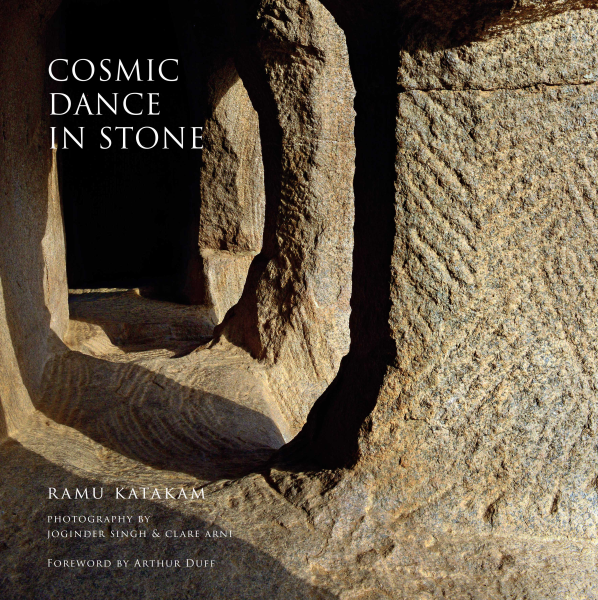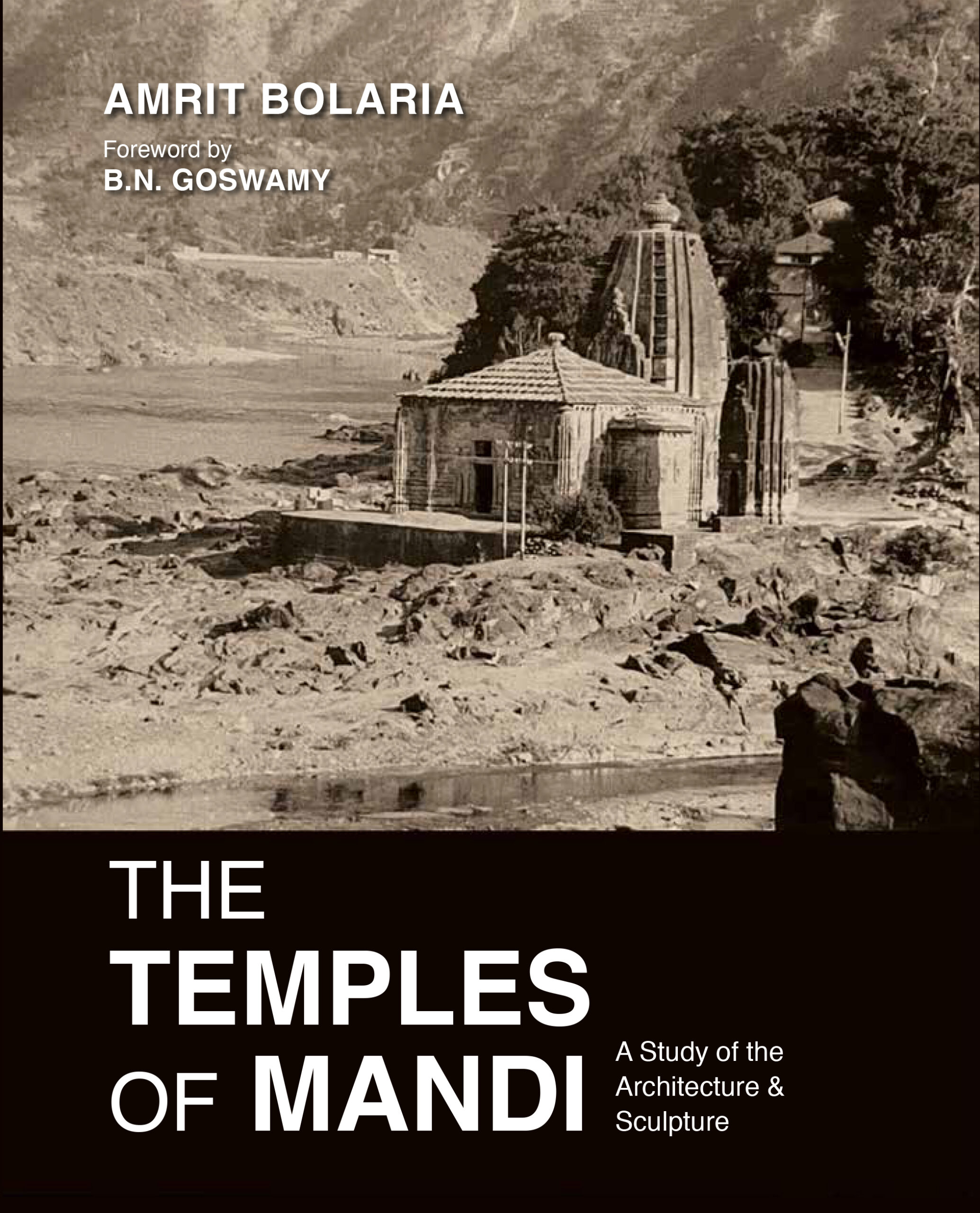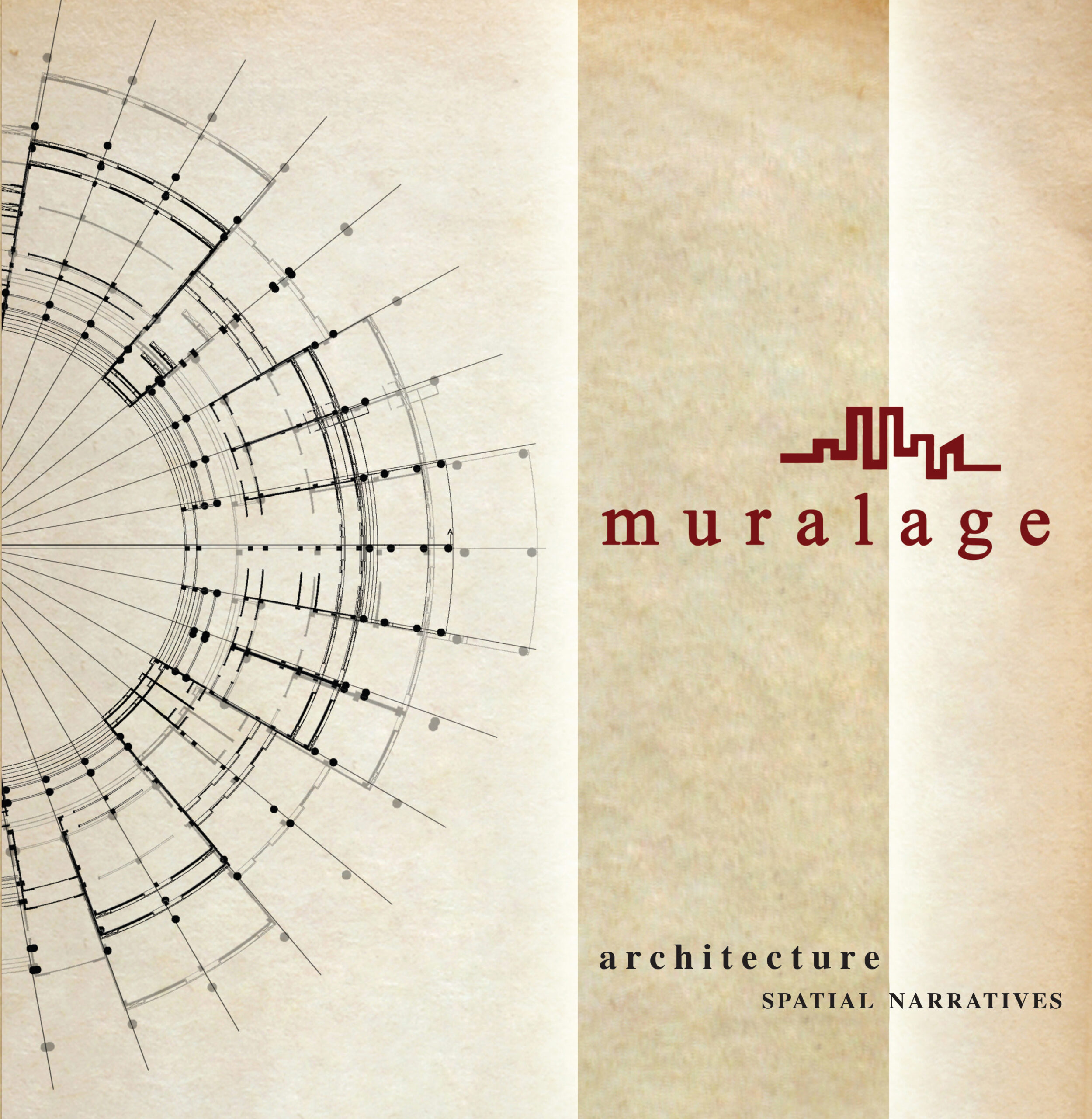Sign up and get notified with new article for free!

Book
Cosmic Dance in Stone

Cosmic Dance in Stone
The intention of this book is to explore, through photographs and illustrations, the architectural spaces that were conceived to transcend space and time. Historians have traced their origins as also the rulers who helped build them while photographers have presented them in beautiful imagery. It was necessary, however, to understand the architectural nuances of these fine monuments, and the quality of light and space the designers were trying to achieve. It was also the discovery of James Fergusson’s original version of Illustrations of the Rock-cut Temples of India, published in 1845 when he and his team had to travel around the subcontinent without the railways, proper places to stay, or even medical help. He captured in his lithographs the essence of such architecture and maintains that there is an expression of grandeur, and of quasi eternity, in a temple cut in the rock, which is far greater than can be produced by any structural building of the same dimensions. In Cosmic Dance in Stone, there is an attempt to rediscover the quest for eternity and the relationship with the cosmos through the creation of stone structures that give a glimpse of a world beyond this one. The designers, artists, and craftsmen of a bygone age manifested qualities in a building that are rarely seen today.
|






